
special interest in moths so this is my infodump station | i do IDs!! | sideblog is @oinglboingl | credits to Olivier Bouteleux for the avatar and @campesine-moved for the header | sideblog is @oinglboingl
263 posts
Is The Atlas Moth Really The Biggest Moth Out There? (spoiler Alert: There Are Different Ways Of Measuring
Is the atlas moth really the biggest moth out there? (spoiler alert: there are different ways of measuring 'big')
Largest by wingspan - the white witch moth:
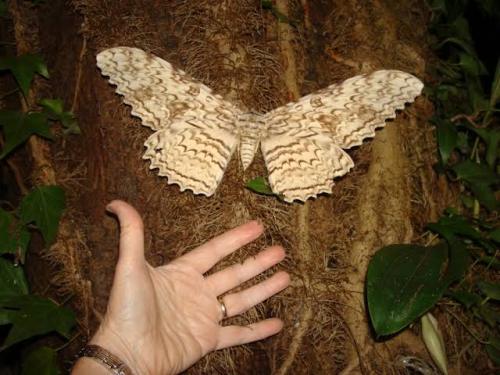
Wingspan: around 30 cm max
Fun fact: despite its large size the eggs, pupa and caterpillars of this moth remain undocumented. Check out the white witch watch for more info.
Largest by wing area - the female hercules moth:
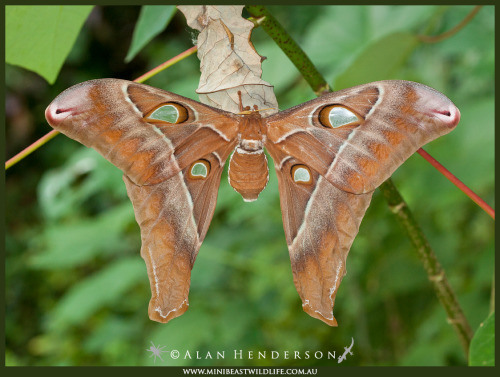
Wing surface area: 300 square cm
Largest by weight - the female giant wood moth:
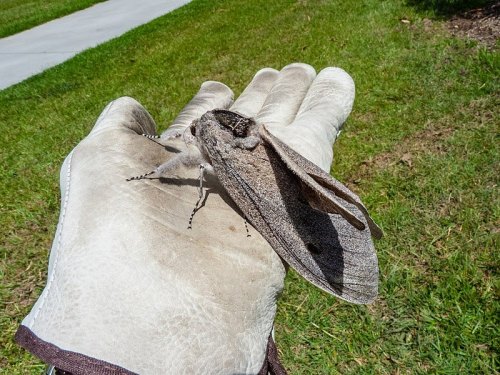
Weight: 30 g max
Largest overall - the female atlas moth:

Wingspan: largest recorded 30 cm
Wing area: 157 square cm, according to this site, which doesn't cite any source for that info
Although it's listed in the guiness book of world records as the largest moth, I'm confused as to why that is. The wingspan of the white witch moth is bigger, and the wingspan of the hercules moth is bigger, according to Insect Biodiversity: Science and Society by Robert G. Foottit and Peter H. Adler. The wing surface area of the hercules moth is also bigger according to Amazing Numbers in Biology by Rainier Flindt.
Note on conflicting information: Many of the general use sites I happened upon while trying to find sources closer to the primary source incorrectly quoted this article, sometimes saying Attacus caesar has the second largest wingspan of all moths, and sometimes incorrectly quoting the atlas' moth wingspan as 24 cm or 27 cm when it was 262 mm/26.2 cm in the original article. In my opinion, the atlas moth can't rightfully be called the largest overall moth, but it does hold the record, with the largest wingspan recorded being 30 cm (in the guiness world record).
Image sources:
[1] [2] [3] [4]
Information sources:
White witch wingspan
Hercules moth wing surface area and wingspan
Giant wood moth weight
Atlas moth
-
 asleepdeprivedbugnerd liked this · 1 year ago
asleepdeprivedbugnerd liked this · 1 year ago -
 flyingbooks42 reblogged this · 1 year ago
flyingbooks42 reblogged this · 1 year ago -
 flyingbooks42 liked this · 1 year ago
flyingbooks42 liked this · 1 year ago -
 mynameiszboss liked this · 1 year ago
mynameiszboss liked this · 1 year ago -
 mrpresidentihaveyourtits liked this · 1 year ago
mrpresidentihaveyourtits liked this · 1 year ago -
 lights-at-night reblogged this · 1 year ago
lights-at-night reblogged this · 1 year ago -
 pyrokuro liked this · 1 year ago
pyrokuro liked this · 1 year ago
More Posts from Mysticmothworld
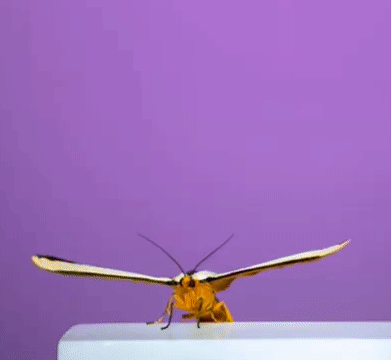
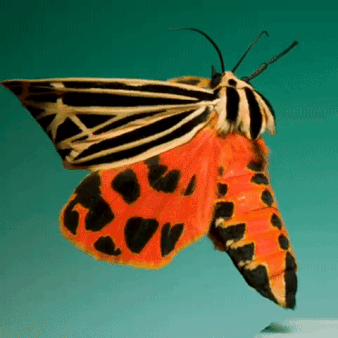
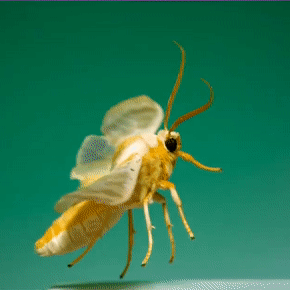
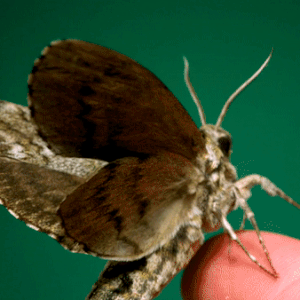

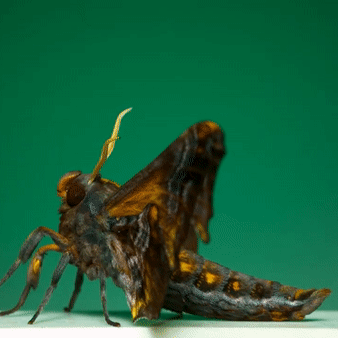
Moths flying in slow motion gif pack!
Source
Please credit me if you use these

Jeannette Klute. Luna Moth, 1952-1954. Dye imbibition print.

Miserably, our dog Louis collapsed and was found to have cancer last Monday, the same day there was an unexpected human death in my immediate family. Louis had a cutting edge new surgery to save his life but needs much more help, and we are out of money.
Please read our story and consider sharing, donating or even lending us some funds that we can return down the line. We really aren't able to deal with the fallout of this crisis in any way right now.




Honourary non-moth post: the peanut-head lanternfly
Sometimes mistakenly called the peanut-head moth, these little fellas are part of the order Hemiptera (true bugs) family Fulgoridae (fulgorid planthoppers).
"But why," you may ask, "are they called peanut-heads?" Let me show you.

Goofy fella #1

Goofy fella #2
These ridiculous false heads are shared by both males and females, so it's not a result of sexual selection. It's theorized that it's to avoid them getting their actual heads bitten off, which if you look at a closeup, is behind the false one:

Oh and btw. Even though they're called lanternflies they don't actually glow in the dark. And Costa Ricans believe they're poisonous and if you get bitten by them you have to have sex at least within the next 24 hours, and by some accounts, immediately.
They are distributed across tropical Mexico, Central and South America. And yeah they're just really strange and cool.

